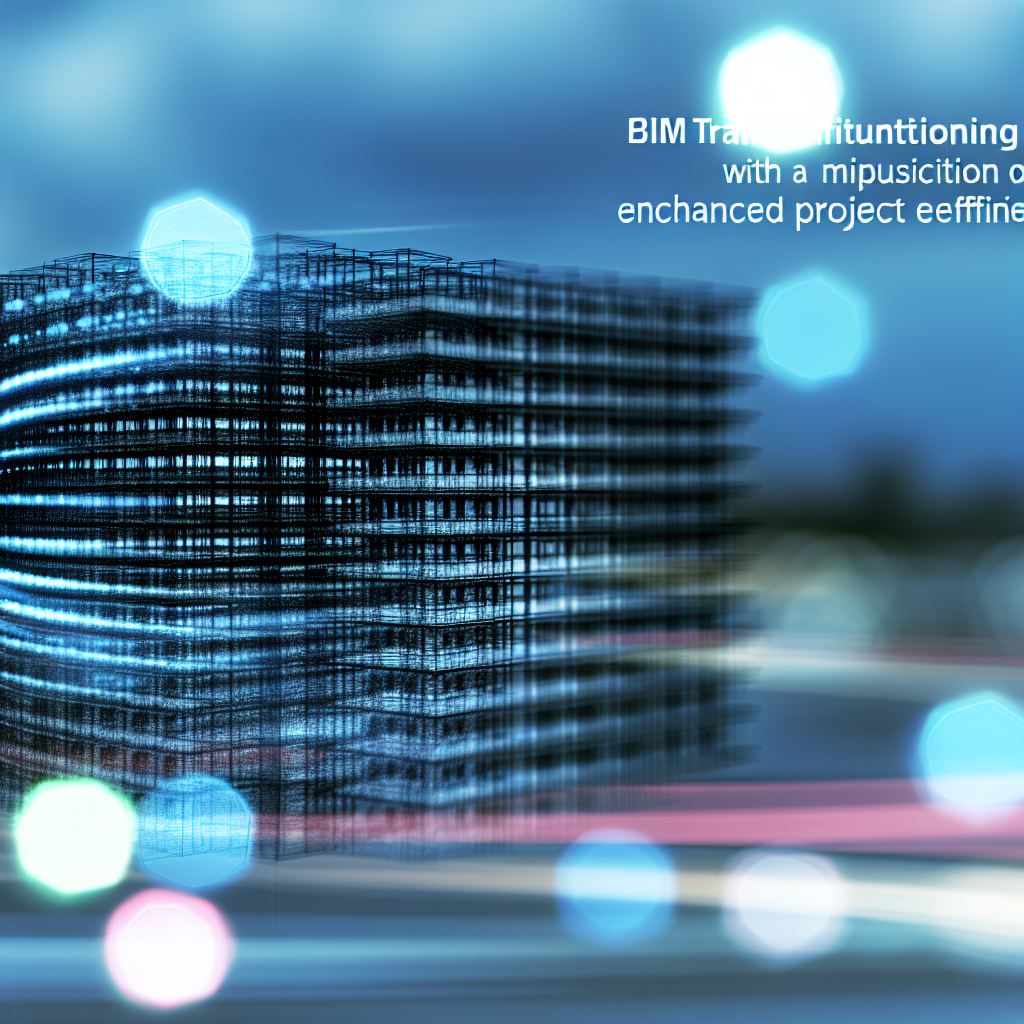Transitioning to Building Information Modeling (BIM) is a crucial step for architecture, engineering, and construction professionals seeking improved efficiency, collaboration, and project outcomes. This guide explores essential strategies and practical tips to help firms and individuals embrace BIM seamlessly, ensuring a competitive edge in today’s digital construction landscape.
Understanding the Importance of BIM Transition
Making the shift to BIM involves more than just adopting new software; it requires a fundamental change in workflow, collaboration, and project management. BIM enables multidisciplinary teams to work on a shared digital model, fostering better coordination and reducing errors. However, many organizations hesitate due to perceived costs, training needs, and resistance to change.
To effectively transition, it’s essential to understand the *business benefits* of BIM:
- *Enhanced accuracy* in design and documentation
- *Improved collaboration* between stakeholders
- *Reduced project costs* and delays
- *Streamlined facility management* post-construction
Aligning these benefits with your organization’s strategic goals creates a compelling case for BIM adoption, guiding your transition plan with clear objectives and measurable outcomes.
Implementing a Successful BIM Transition Strategy
Successful BIM adoption requires a structured approach that addresses *technological, educational, and cultural* aspects. Start by conducting a comprehensive assessment of existing workflows and identifying gaps that BIM can resolve. Develop a phased implementation plan that includes software selection, staff training, and pilot projects to test workflows.
Key steps for a smooth transition include:
- Securing executive support: Leadership buy-in is critical for allocating resources and driving change.
- Investing in training and education: Equip your team with the skills needed to operate BIM tools effectively. Utilize workshops, online courses, and mentorship programs.
- Fostering collaboration: Establish protocols for shared models and data exchange to maximize the collaborative advantages of BIM.
- Monitoring and adapting: Measure progress through KPIs such as reduced rework, improved timelines, and cost savings. Use insights to refine processes.
By approaching BIM implementation with a clear roadmap and commitment at all levels, organizations can overcome initial challenges and realize the full potential of digital transformation in construction projects.
Conclusion
Transitioning to BIM is a strategic move that can significantly enhance project efficiency, collaboration, and lifecycle management. By understanding its importance and implementing a well-structured plan, organizations can navigate the complexities of BIM adoption smoothly. Ultimately, embracing BIM today positions your firm for sustained success in the evolving construction industry.
